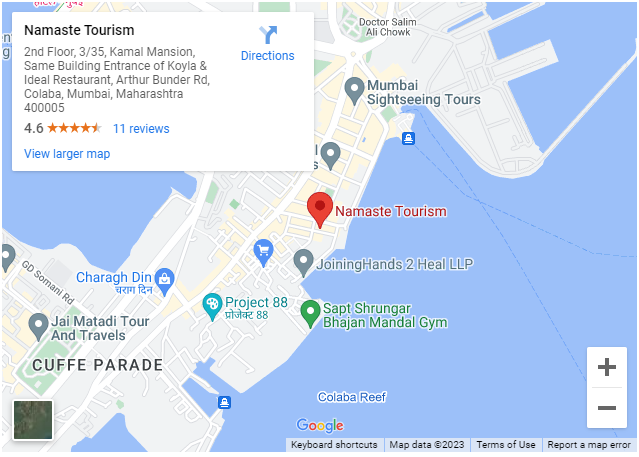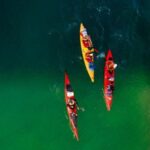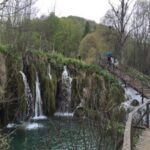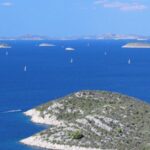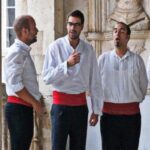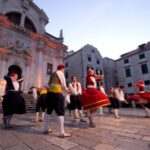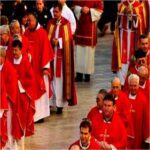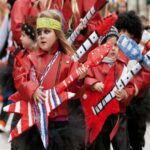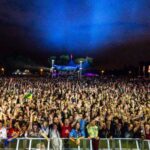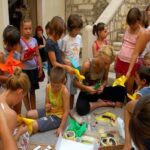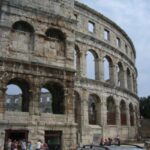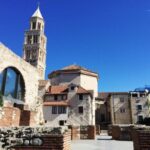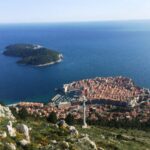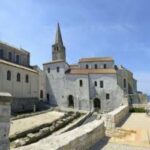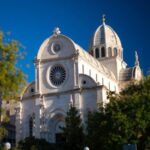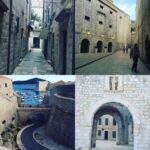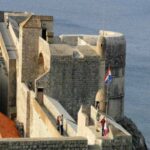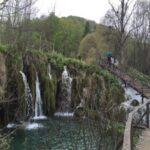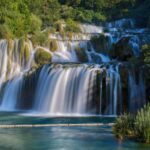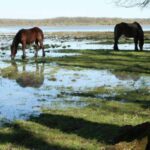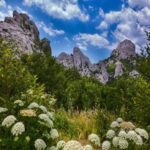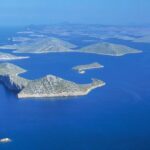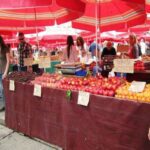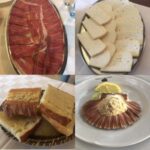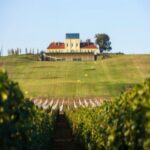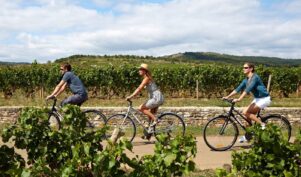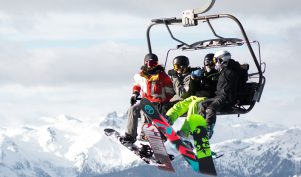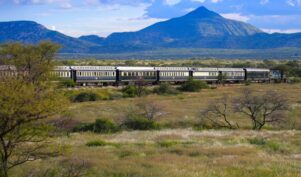Croatia
Croatia in Southern Europe is a country with vast natural beauty. Many are attracted to the unique beauty of its extensive Adriatic coast line and exhilarating adventure sports. The finest wines in the world are produced here and it offers a lip-smacking cuisine as well.
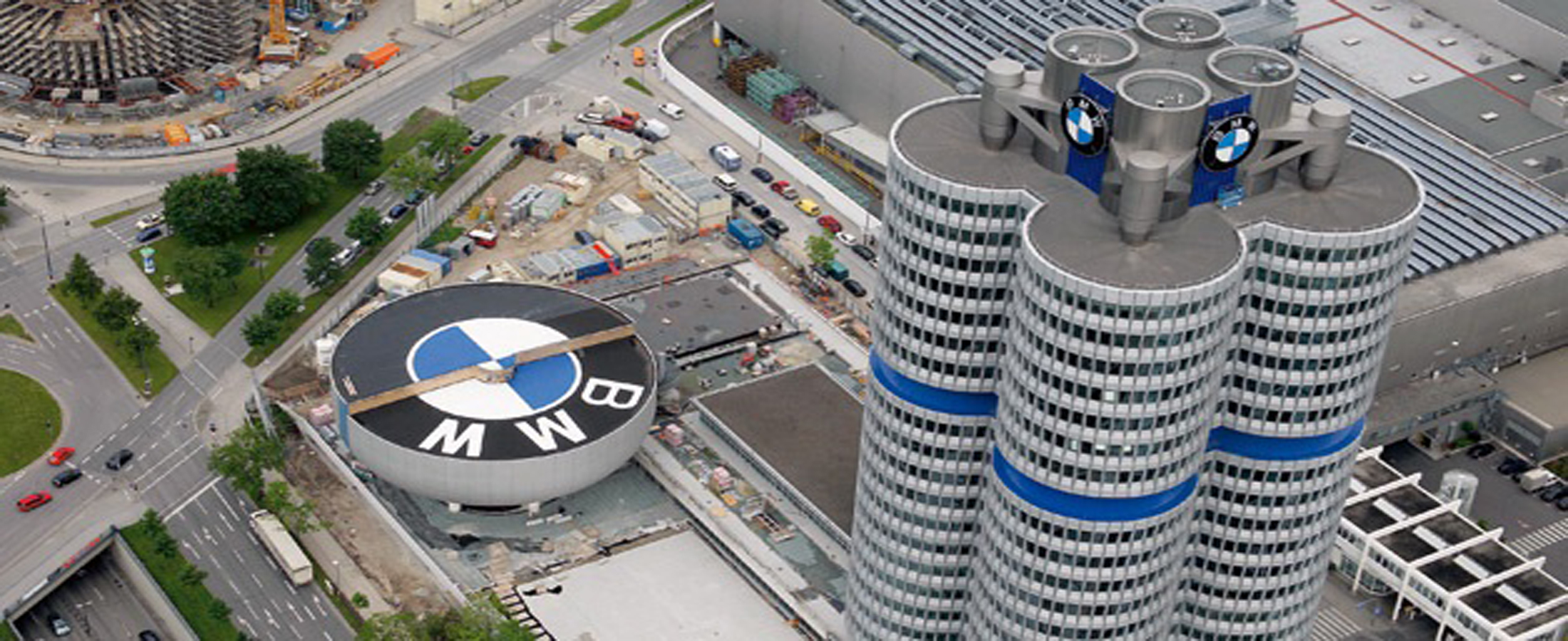
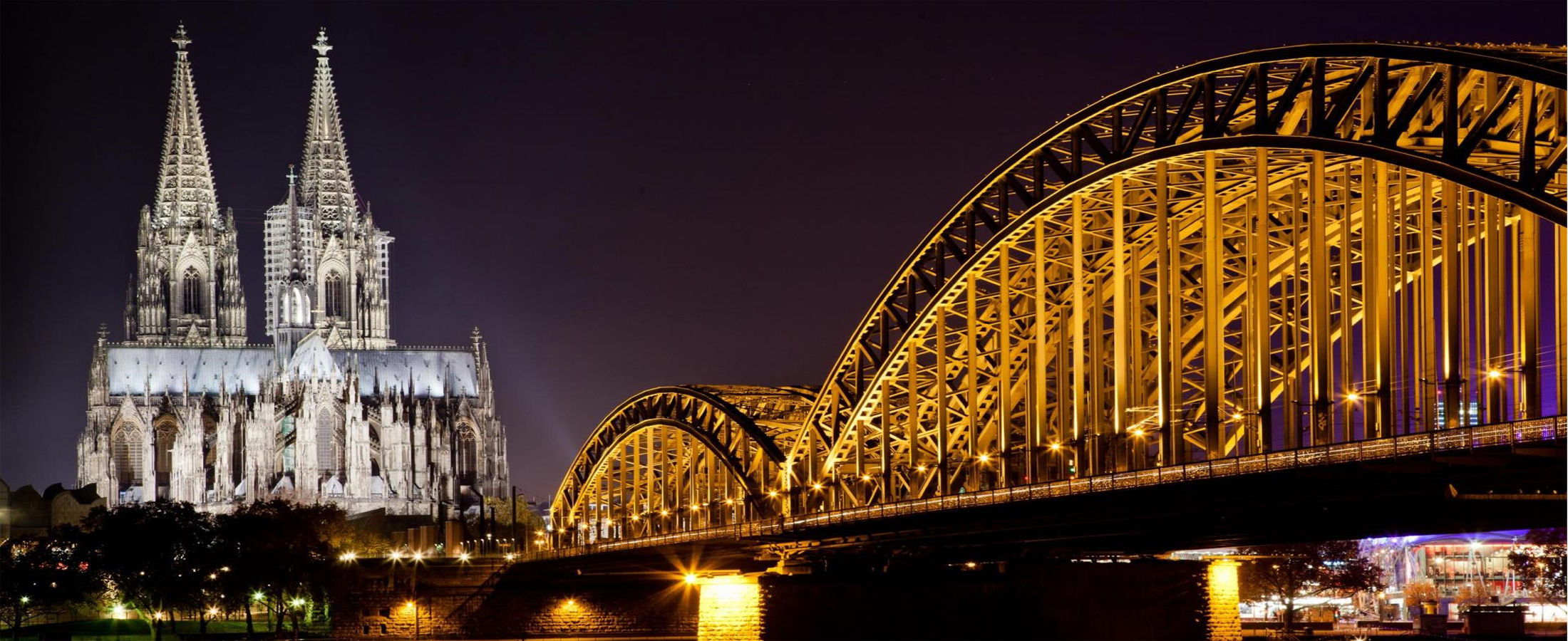
Why Travel with Namaste Croatia?
- A local concierge service with a 24×7 emergency contact number assisting you with all facets of Croatia – restaurants, shopping and local experiences
- We focus on local experiences as much as important sounds and sights that you must visit
- Our tailor made touring looks into finer elements including pace of travel and off beat as well as insider experiences where possible
Things to do in Croatia
Come and discover Croatia’s theme parks, mountain peaks, salt mines, national parks, automobile museums – they are as varied as the country itself.
GEMS OF CROATIA
Croatia In One Go
Visit the major icons of Croatia in one go. Gems of Croatia takes you through Dubrovnik – the “Pearl of the Adriatic”, the Plitvice Lakes National Park – lakes at different heights are joined by waterfalls, as well other attractions that should be added to your “must-see” list whilst planning a holiday.
HIDDEN TREASURES OF CROATIA
Go Beyond the Popular Icons
Heading to Dubrovnik, explore the hidden treasure of places nearby where you could experience a medieval town or even go sailing. There are many such valuable gems to experience and our Croatia Specialists will be more than happy to assist you to visit places beyond the popular icons – a must for your second visit to Croatia.
À LA CARTE
Choose Your Own Experience
You like the nightlife of Dubrovnik? Lets add it! You want a siesta at Bol beach? Done. You want to relax in Dalmatia? Added. We will show you what Croatia has and you can add what you like and want to experience.
CITY MAGIC
Spice Up Your Short City Stays
Travelling to Croatia on business or visiting friends and want to extend your stay in one of the big cities? Why not plan day trips to nearby attractions? Whether you wish to visit Zagreb, Split, Zadar or Dubrovnik, City Magic adds Spice to your trip in terms of shopping, food and more during your short stay in Croatia.
LUXURY AND FAIRY TALES
Indulge Without Boundaries
Rent a private yacht charter or stay at some of the finest Villas and Hotels in the world. Plan a tour without strings – full of one of the most royal experiences on the planet, Croatia, has it all.
THEMES AND INTERESTS
Pursue a Hobby When On Vacation
Whether its playing Golf, swimming in the Adriatic Sea or capturing images, this segment gives you choices from adventure to photography to sports. No matter what your passion, Croatia is the place to pursue it.
OFF THE BEATEN TRACK
Winners Do Things Differently
Have you had enough of the preconceived holidays? Are you looking for something unusual and are willing to take back some interesting and very special memories such as visiting Vis Island, Mljet Island and National Park or enjoying the Music and Light show at Zadar?
GURANTEED TOURS
A Great Mix of Budget & International Friends
Are you on a budget or do you enjoy back packing? Do you want to save on transportation and stay and prefer to spend on activities and attractions? Do all this and more, with us you get to travel with people from across the world! You may even make some friends for life.
EXTENSIONS
Elongate the fun
Croatia is a fascinating place where even 8 days are not good enough to explore the country. However, if you do have time on hand, inquire with the Namaste Croatia team, who will be glad to put you in touch with our destination experts and offer extensions to Slovenia, Montenegro, Bosnia-Herzegovina, Serbia, Macedonia and Albania.
Croatia Packages
Leave a Reply
Do you have some comments or questions for us? We’d love to hear from you! Don’t be shy! Feel free to drop us a message!

